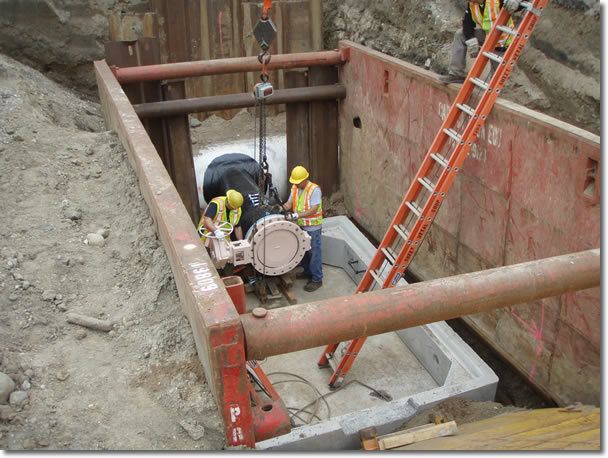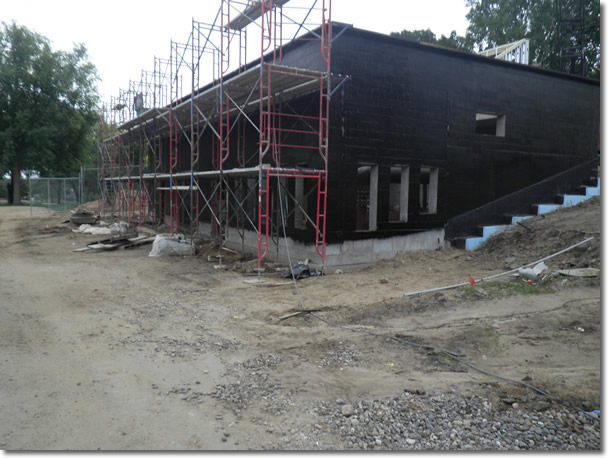Drinking Water Protection
- Drinking Water Protection Home
- About Us
- A-Z Index of Contaminants in Water
- Community Public Water Supply
- Drinking Water Grants and Loans
- Drinking Water Institute
- Drinking Water in Schools and Child Cares
- Drinking Water Revolving Fund
- Laws and Rules
- Noncommunity Public Water Supply
- Source Water Protection
- Water Operator and Certification Training
- Drinking Water Protection Contacts
Related Topics
- Annual Reports
- Drinking Water Risk Communication Toolkit
- Drinking Water Protection External Resources
- Fact Sheets
- Forms
- Invisible Heroes Videos: Minnesota's Drinking Water Providers
- Noncom Notes Newsletter
- Sample Collection Procedures (videos, pictures, written instructions)
- Waterline Newsletter
Related Sites
- 10 States Standards
- Clean Water Fund
- Health Risk Assessment – Guidance Values and Standards for Water
- Minnesota Well Index
- Water and Health
- Wells and Borings
Environmental Health Division
New Brighton Still Facing, Overcoming Water Challenges
From the Winter 2016-2017 Waterline
Quarterly Newsletter of the Minnesota Department of Health Public Water Supply Unit, Waterline
A complete list of feature stories can be found on the Waterline webpage.
The water professionals at the city of New Brighton have long dealt with challenges that were not of their own making.
Operations at the Twin Cities Army Ammunition Plant (TCAAP), just north of New Brighton, created a robust plume contaminated with trichloroethylene and other volatile organic compounds that contaminated the city’s water supply. In the 1980s New Brighton and the U. S. Army reached a landmark litigation settlement agreement. The Army paid for a water treatment facility using granular-activated carbon to remove the contaminants. In addition, the innovative pump-and-treat approach provided residents with a safe supply of drinking water while also cleaning up the aquifer.
Under the settlement agreement, New Brighton pumps and treats a specified volume of water from the contaminated aquifer sufficient to contain migration of contaminants to other parts of the aquifer and to hasten the remediation process. The treated water is consumed by New Brighton residents, and excess water is delivered to Fridley. The agreement represents Minnesota’s largest groundwater cleanup process.
The pump-and-treat process has now been put on hold as the city addresses another issue; low levels of 1, 4 dioxane originating from TCAAP have been detected in some of New Brighton’s wells. The city conducted a pilot study and plans to add a new treatment process to its existing plant to remove dioxane to levels well below the Minnesota Department of Health (MDH) health risk limit.
In the meantime, New Brighton has switched to water from Minneapolis Water Works. The transfer of the water was easy in one sense. Minneapolis has reservoirs with a combined capacity of 74 million gallons in New Brighton (on the highest point in the Twin Cities), approximately five blocks east of the utility’s Columbia Heights ultrafiltration treatment plant and only 700 feet from the New Brighton plant. Minneapolis tapped into a 48-inch line next to its reservoir and installed a 24-inch line to send water to New Brighton.
Another aspect of the operation required close scrutiny. As seen from the disaster in Flint, Michigan, a water system switching sources must pay attention to the effect of the change, especially with corrosion control.
In the 1990s Minneapolis added an ortho/polyphosphate blend to its water, a means of providing a protective coating to insulate the water from absorbing materials such as lead and copper from the pipes.
New Brighton planned for the switch in water and made sure there were no negative ramifications from it.
“New Brighton and Minneapolis worked together to ensure that the water from the two systems would be compatible before the transition,” said MDH engineer Anna Schliep. “New Brighton not only added the same corrosion inhibitor that Minneapolis uses but ensured that it was working to coat the pipes, did additional lead and copper monitoring in addition to other water quality parameters during the transition period, and planned communications to residents, including how they would respond to any customer complaints. MDH assisted in reviewing plans and data to provide feedback and technical assistance to New Brighton.”
The result was that, by the time the switch in water source occurred in July 2016, New Brighton’s water was insulated from materials in the pipes.
The plan is for New Brighton to use Minneapolis water for two years until the new dioxane treatment system is added to its plant and normal pump-and-treat operations can be resumed. It means New Brighton residents can continue to be assured of safe drinking water; however, it also means that the pumping to reduce the contaminated plume has been put on hold.
Learn more by watching Invisible Heroes: New Brighton
Other Invisible Heroes videos:
- Invisible Heroes: Worthington
- Invisible Heroes: Fairmont
- Invisible Heroes: St. Martin
- Invisible Heroes: Oakdale
- Invisible Heroes: St. Cloud
 |
| Top: Crews connect the Minneapolis 48-inch supply line to the 24-inch pipe to New Brighton. Bottom: Construction on the distribution control station building, which will house the permanent booster pumps. |
 |
Of Interest
Go to > top.